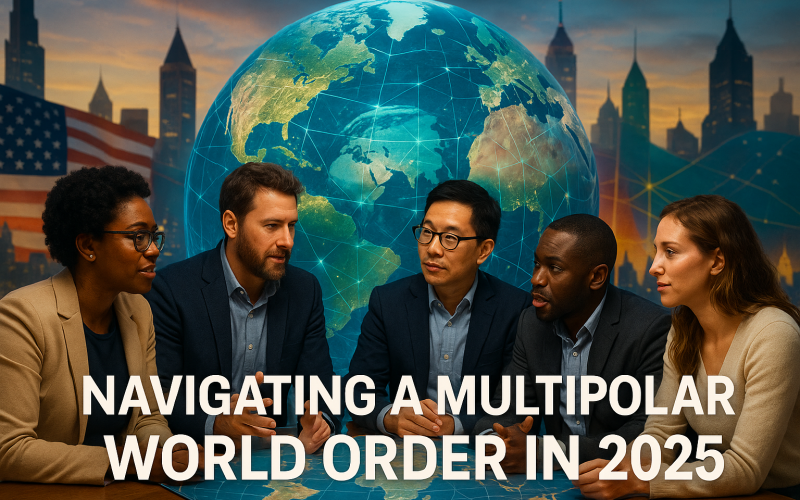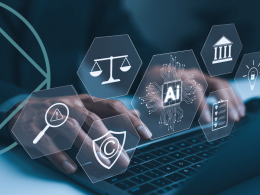Introduction
The way countries share power has changed. We no longer live in a world dominated by one superpower. Instead, many nations hold influence. This is called a multipolar world order. In 2025, this trend is clear. Global power dynamics involve the United States, China, the European Union, India, and other important players.
This shift affects trade, security, and diplomacy. Knowing how to navigate these changes can help businesses, governments, and citizens. In this article, you will learn what a multipolar world bank order means. You will see why 2025 is a key year for 2025 geopolitics. You will discover the main actors, how alliances shift, and how to respond to new challenges. By the end, you will have practical tips for operating in today’s complex long term global landscape.
What Is a Multipolar World Order?
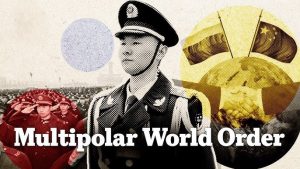
A multipolar world order means multiple countries or blocs share power. In a unipolar world, one country, like the U.S. in the 1990s, leads most decisions. In a bipolar world, two powers, like the U.S. and Soviet Union during the Cold War, dominate. Now, several players influence global politics and economics.
Countries such as China and India have grown in size and wealth. The European Union acts as a unified economic bloc. Russia remains a major military power. Emerging economies in Africa and Latin America also rise. No single nation can shape the world alone. Instead, decisions result from negotiations among many actors.
This system brings both challenges and opportunities. On one hand, more voices can balance each other. No one country can push its agenda without others agreeing. On the other hand, disagreements can slow down global action. In 2025, understanding these shifts is vital for global power dynamics.
Key Players in 2025 Geopolitics
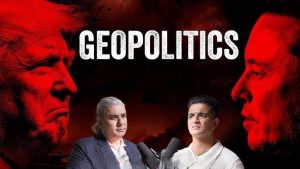
Several major actors shape the multipolar world order in 2025:
1. United States
The U.S. still has strong military power and a large economy. It leads in technology and finance. However, it faces growing competition from China. The U.S. seeks alliances with NATO, Japan, Australia, and India to counterbalance China’s influence. Its policies on trade and security will be crucial.
2. China
China has the second-largest global economy and powerful military. It leads in manufacturing and exports. Its Belt and Road Initiative links over 60 countries in infrastructure projects. China also invests heavily in green energy and technology. Its rise drives many geopolitical trends.
3. European Union
The EU acts as a single market and political union. It leads in international trade deals, climate policies, and human rights. While the EU lacks a unified military, it wields “soft power” through aid and diplomacy. The EU’s stance on China, Russia, and the U.S. shapes global alliances.
4. India
India’s economy grows rapidly, driven by technology and services. It seeks to be a bridge between the East and West. India trade partners with the U.S. and the EU on trade and national security. It also pursues ties with neighbors in South Asia. By 2025, India will be a key voice in shaping global power dynamics.
5. Russia
Russia remains a major military power. It influences energy markets in Europe and Asia through gas and oil. Its relations with the EU and the U.S. are often tense. Russia deepens ties with China and other Asian countries to diversify alliances.
6. Emerging Economies
Countries like Brazil, South Africa, Indonesia, and Mexico play bigger roles. They group under forums like BRICS and ASEAN. They push for greater voice in global institutions. Their markets and resources attract foreign investment. As emerging economies, they shape regional trade and politics.
7. International Organizations
Groups like the United Nations, World Trade Organization, and World Health Organization stay important. However, their power depends on cooperation among major players. In a multipolar world, these organizations must balance many interests to work effectively.
Impacts on Global Trade
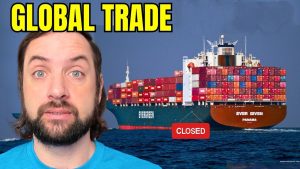
One key area where a multipolar world order matters is trade. In 2025, global trade patterns will reflect new alliances and rivalries:
- First, supply chains diversify. Companies reduce dependence on one source. This trend started during the pandemic. By 2025, businesses will have suppliers in multiple regions. This change minimizes risks from political conflicts or natural disasters.
- Second, regional trade deals gain importance. The Comprehensive and Progressive Agreement for Trans-Pacific Partnership (CPTPP) and the African Continental Free Trade Area (AfCFTA) link many countries. These deals lower tariffs and set standards. They offer alternatives to older agreements like NAFTA or the Transatlantic Trade and Investment Partnership.
- Third, US-China relations tensions affect tariffs and exports. While the U.S. and China compete, both need each other for parts and markets. In 2025, trade talks may ease some restrictions, but mutual distrust remains. Other countries can capitalize by trading with both to gain better terms.
- Fourth, digital commerce grows faster than ever. E-commerce platforms let small businesses reach global customers. Countries invest in digital infrastructure to support online trade. Data flows become a key part of global economic competition. Rules for data privacy and digital services become hot topics in geopolitical trends.
- Fifth, the push for sustainability shifts trade rules. Many countries adopt green tariffs or incentives for low-carbon goods. This trend favors nations that invest in clean energy and eco-friendly production. It also makes companies rethink manufacturing and logistics to meet stricter environmental standards.
Shifting Security Alliances
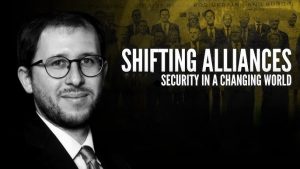
Security is another area transformed by a multipolar world order. In 2025, alliances and defense strategies adapt to new realities:
- First, the North Atlantic Treaty Organization (NATO) refocuses on hybrid threats and cyber attacks. With no single enemy, NATO members train to face both state and non-state actors. They also strengthen ties with partner countries like Australia, Japan, and South Korea.
- Second, the Quad alliance—comprising the U.S., India, Japan, and Australia—gains more significance in the Indo-Pacific. These countries work together on naval exercises, intelligence sharing, and humanitarian missions. They aim to ensure a free and open sea for trade and security.
- Third, China forms more security ties with countries along the Belt and Road. Some fear this strategy expands China’s influence in Africa, Europe, and Latin America. These partnerships include joint military training, arms deals, and maritime cooperation.
- Fourth, Russia strengthens its military presence in the Arctic, leveraging its northern borders. It also works closely with China and Iran to counter NATO influence. This adds complexity to international alliances and regional security.
- Fifth, cyber security becomes a top priority. Attacks on critical infrastructure or elections can come from a range of actors. Governments invest in advanced cyber defenses and promote international rules for cyber conduct. In a multipolar world, trust is low, so transparency and collaboration on cyber threats become essential.
Tips for Navigating a Multipolar World Order
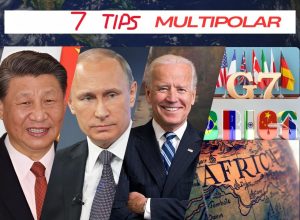
Living and working in a multipolar world calls for adaptability. Here are some practical tips:
1. Stay Informed
Keep up with news from multiple sources. Read international outlets, not just local media. This helps you understand different perspectives on the same issue. Follow key topics like US-China relations, trade deals, and regional conflicts.
2. Build Diverse Networks
Connect with people from various countries and industries. Attend virtual or in-person events related to international business and culture. These relationships can open doors when alliances shift.
3. Adapt Business Strategies
If you run a company, diversify your supply chains. Don’t rely on a single region for materials or manufacturing. Explore emerging markets like India, Southeast Asia, or Africa. This reduces risk if one region faces trade barriers or political tensions.
4. Learn New Languages and Cultures
Being able to speak another language helps build trust. Understanding customs and business etiquette in different regions gives you an edge. In 2025, simple gestures can open doors in fast-growing markets.
5. Embrace Technology
Digital tools help you work across borders. Use collaboration platforms to communicate with teams worldwide. Invest in cyber security to protect data. As 2025 geopolitics focus on tech control, strong digital defenses are vital.
6. Promote Fair Practices
Support companies that follow ethical labor and environmental standards. Consumers often choose brands that align with their values. By promoting fairness, you help shape a more stable and just world.
7. Prepare for Change
Expect shifting alliances and rules. Keep your plans flexible. Monitor new trade agreements, sanctions, or policy shifts. Being ready to pivot quickly keeps you ahead.
By following these steps, you can navigate global power dynamics with confidence.
Challenges of a Multipolar World
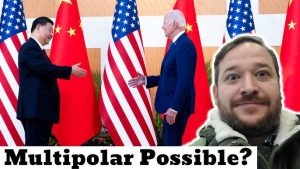
While a multipolar world order offers checks and balances, it brings challenges:
- One challenge is slower decision-making. With more voices, reaching consensus takes time. Global issues needing quick action—like pandemics or climate disasters—suffer delays. In 2025, the need for rapid cooperation on health and environment remains urgent.
- Another challenge is regional conflicts. When major powers support rival sides, local wars can drag on. Areas such as the Middle East, Eastern Europe, and parts of Africa see proxy conflicts. These wars cause humanitarian crises and mass displacement. Negotiating peace becomes harder when many powers back different sides.
- A third challenge is economic inequality. While some countries benefit from new trade routes and investments, others get left behind. This gap can fuel social unrest and migration. Achieving fair global governance means addressing these inequities.
- A fourth challenge is technology control. Who sets the rules for 5G, artificial intelligence, or space exploration? The U.S., China, the EU, and other blocs each push for standards that favor their firms. This “tech race” can fragment the global market and limit innovation.
- Lastly, misinformation and propaganda spread faster in a multipolar context. Different economic powers promote narratives that suit their interests. Social media can amplify false news. This weakens trust among nations and within societies. Combating false information requires cooperation across many actors.
Comparative Table: Global Powers in 2025
| Aspect | United States | China | European Union | India | Russia |
|---|---|---|---|---|---|
| Economy Size | Largest by GDP | Second largest by GDP | Third largest by combined GDP | World’s third largest economy (individual) | Sixth largest economy |
| Military Strength | Highest global spending | Rapidly modernizing military | Limited unified military | Growing defense budget | Strong nuclear and land forces |
| Tech Leadership | Leading in AI and software | Leading in 5G and manufacturing | Strong in green tech and AI | Growing IT and space sector | Advanced in cyber warfare |
| Key Alliances | NATO, QUAD, AUKUS | BRICS, Shanghai Cooperation | EU member states, NATO partners | QUAD, BRICS, G20, SAARC | BRICS, CSTO, SCO |
| Trade Influence | Dominant in services and high-tech exports | Leader in manufacturing and exports | Major trade bloc, global standards setter | Major market and services exporter | Energy exports to Europe, Asia |
| Soft Power | High (entertainment, culture) | Growing (media, culture) | Moderate (culture, diplomacy) | Rising (Bollywood, culture) | Moderate (culture, media) |
| Key Challenges | Political polarization, debt | Demographic slowdown, debt | Unity among diverse members | Infrastructure, poverty | Economic sanctions, population decline |
Conclusion
A multipolar world global order in 2025 means power is spread among several nations. The United States, China, the European Union, India, Russia, and other emerging economies each shape global power dynamics. This shared influence affects trade, security, and technology. Businesses and governments must adapt to new alliances and shifting policies. By staying informed, building diverse networks, and embracing flexibility, you can thrive in this complex environment. Although challenges like conflict risks and economic growth volatility remain, understanding the multipolar system helps you make smarter decisions and seize opportunities.






